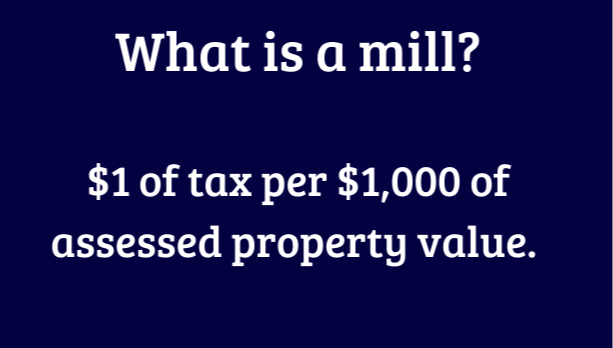Understanding Your Taxes
House Bill 920 Explained
In 1976, Ohio approved House Bill 920 (H.B. 920). The purpose of H.B. 920 was to protect the voters from inflation-increasing voted taxes. H.B. 920 takes effect when property values increase due to inflation, such as the update every three years or the reappraisal performed by the County Auditor's Office.
H.B. 920 freezes a school district’s income on voted mills. This means a school district’s revenue remains unchanged even when home values increase.
No revenue increase is permitted for schools other than a one-time increase for new construction and small revenue growth on inside mills.
While this protects taxpayers from inflation, school districts have rising costs. To compensate for the freeze on the current taxes collected, school districts must again ask the voters to approve an additional levy to generate the necessary income.
Example—In 1985, a school district received voter approval to raise $5 million through a 5-mill levy. Today, a reappraisal increases property values. Due to H.B. 920, the millage amount will be reduced so that the school district will continue to receive only $5 million from the levy. Each taxpayer will pay a lower “effective” tax rate.
You can see a real-life example of this below between Tax Year 2023 and Tax Year 2024 from the Crawford County Auditor’s Office:
Learn More from the Crawford County Auditor's page
City, Village or Township | School District | |
|---|---|---|
Tax Year 2023 (Collected in 2024) | Galion City / Jefferson / Polk Twp | 58.48 |
Tax Year 2024 (Collected in 2025) | Galion City / Jefferson / Polk Twp | 56.53 |

